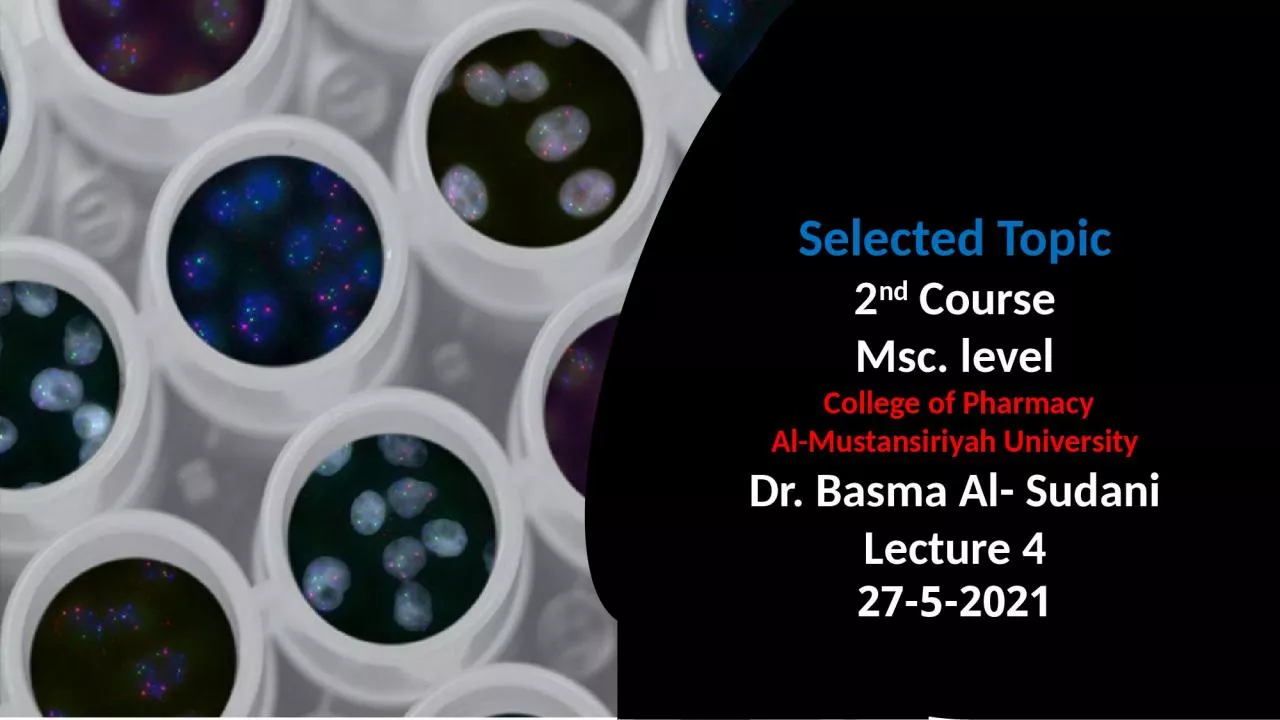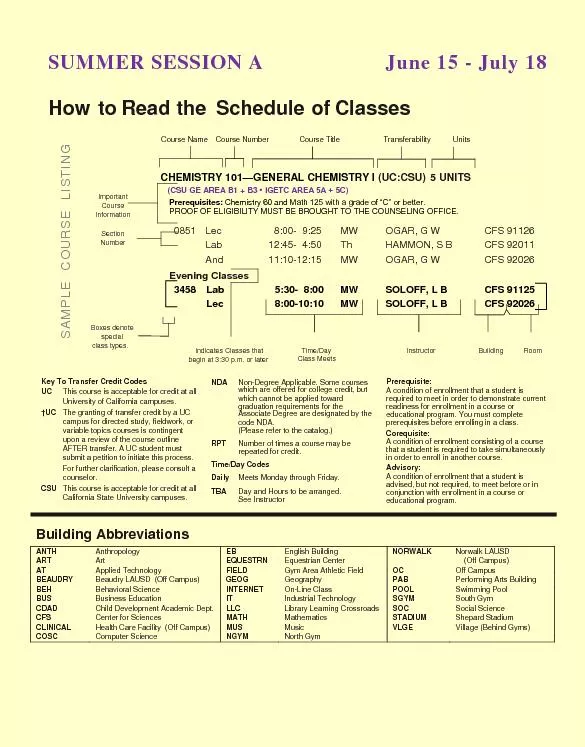PPT-Selected Topic 2 nd Course
Author : SillyGoose | Published Date : 2022-08-04
Msc level College of Pharmacy Al Mustansiriyah University Dr Basma Al Sudani Lecture 4 2752021 What Are the Indicators of Cell Viability Cell viability is a
Presentation Embed Code
Download Presentation
Download Presentation The PPT/PDF document "Selected Topic 2 nd Course" is the property of its rightful owner. Permission is granted to download and print the materials on this website for personal, non-commercial use only, and to display it on your personal computer provided you do not modify the materials and that you retain all copyright notices contained in the materials. By downloading content from our website, you accept the terms of this agreement.
Selected Topic 2 nd Course: Transcript
Download Rules Of Document
"Selected Topic 2 nd Course"The content belongs to its owner. You may download and print it for personal use, without modification, and keep all copyright notices. By downloading, you agree to these terms.
Related Documents













![[READ]-Fortran Crash Course + Hacking + Android Crash Course + Python Crash Course + XML](https://thumbs.docslides.com/972403/read-fortran-crash-course-hacking-android-crash-course-python-crash-course-xml-crash-course-hacking-xml-python-android-book-2.jpg)
